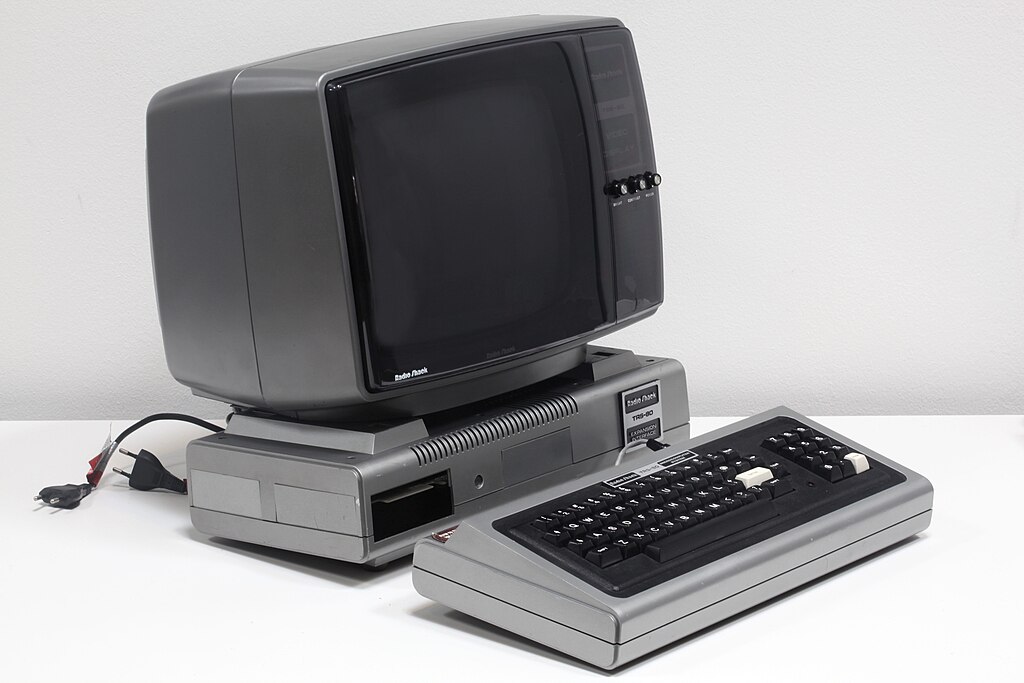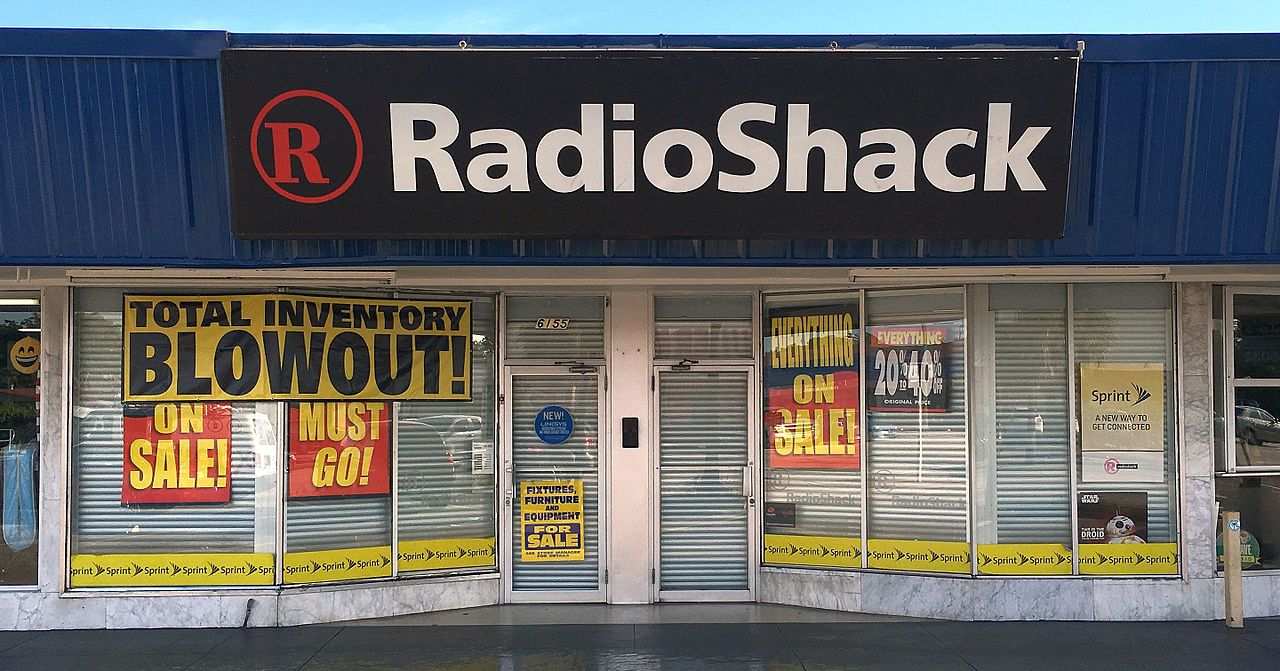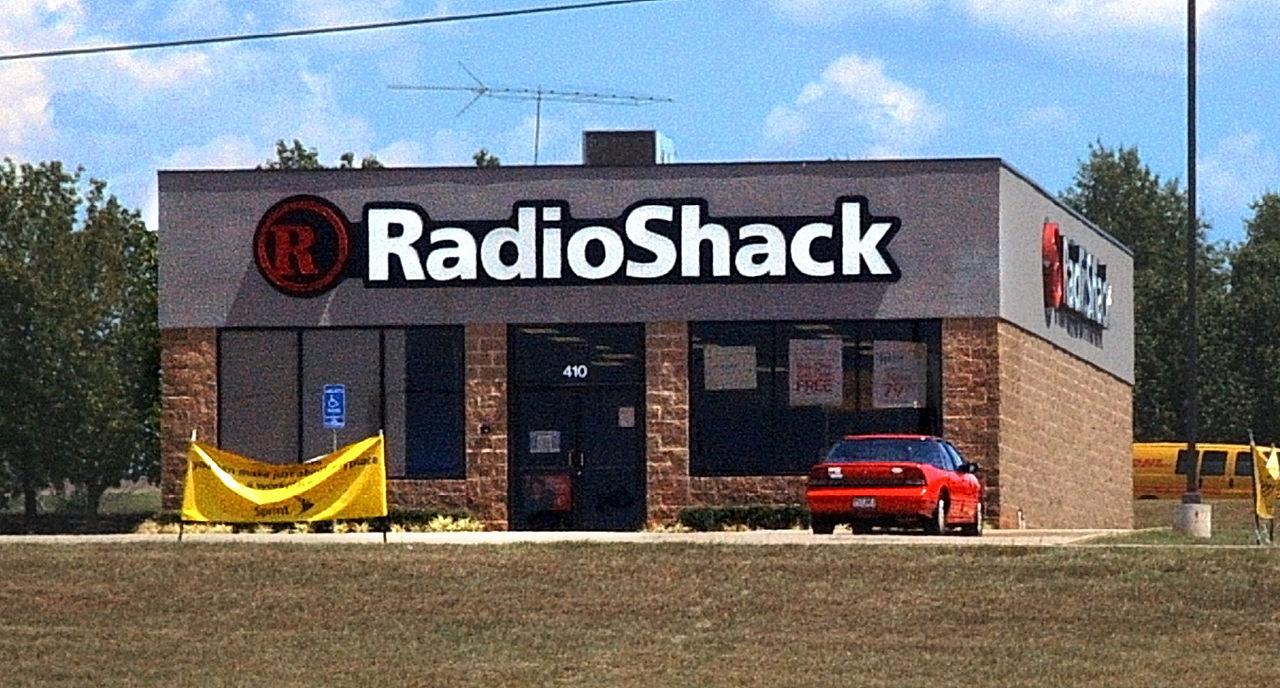RadioShack’s journey began in a Boston basement in 1921, transforming under Charles Tandy’s leadership after he purchased the struggling company in 1963 for about $300,000. From Fort Worth, he expanded it into what many dubbed “the McDonald’s of electronics,” opening stores at a blistering pace and helping popularize personal computing with the TRS-80. Although the brand captured a dominant early share of the home-computer market by 1978, RadioShack later struggled to adapt to big-box rivals and e-commerce, ultimately filing for bankruptcy twice. Its rise and fall offers valuable lessons in retail evolution.
From Boston Beginnings to Fort Worth Fame
While most Americans remember RadioShack as a Texas-based retail giant, the company’s roots stretch back to a modest basement shop in Boston. In 1921, brothers Theodore and Milton Deutschmann opened their first store at 46 Brattle Street, paying modest monthly rent for a compact space.
The name “Radio Shack” referenced ship radio rooms, reflecting their focus on serving ham radio operators and maritime communications professionals. Despite the humble origins, the brothers expanded to multiple stores and a thriving mail-order business by the late 1950s.
But early financial struggles nearly sank the company by the early 1960s. Sometimes derided for its heavy use of imported merchandise, Radio Shack teetered on bankruptcy before its transformation into the Fort Worth institution many remember today. The company was rescued when Charles Tandy purchased the chain for roughly $300,000 in 1963, setting the stage for remarkable growth. This transition mirrored other mid-century Texas success stories fueled by diversification and smart capital deployment.
The Tandy Transformation: Charles Tandy’s Vision
A nearly bankrupt electronics chain with only a handful of stores seemed an unlikely candidate for retail dominance in 1963, but Charles Tandy saw potential where others didn’t. Buying Radio Shack despite its negative net worth, Tandy quickly implemented tight inventory controls and weekly performance metrics that transformed the operation.
You’d recognize his genius in the strategic refocus from leather goods to consumer electronics, shedding non-core lines to concentrate on technology retail. Tandy’s profit-sharing plans motivated store managers to excel, reportedly minting dozens of millionaires by the mid-1970s.
Under Tandy’s bold leadership, RadioShack stores multiplied rapidly—hundreds of openings in peak years of the 1970s. This scalable neighborhood model created a ubiquitous retail presence that brought innovative technology to mainstream America, cementing the chain’s reputation for convenience and expertise.
Golden Era: When Radio Shack Ruled Electronics Retail
Unlike big-box competitors, RadioShack thrived with smaller, conveniently located stores staffed by knowledgeable associates who could explain complex gear. During its ambitious expansion era, new stores opened at a near-daily clip. The brand’s hobbyist appeal centered on DIY kits, parts, and specialty items that were hard to find elsewhere.
From CB radios in the 1970s to early personal computers, RadioShack introduced Americans to cutting-edge tech. The company balanced robust private-label offerings with recognized brands, expanded internationally, and even tested early online initiatives—positioning itself as an essential electronics destination for enthusiasts and everyday consumers alike.
The TRS-80 Revolution: RadioShack’s Computing Legacy

Among RadioShack’s most transformative contributions was the TRS-80, which reshaped both the company and the computing landscape. Launched in 1977 with a Z80 CPU and a starting price of $599 for the base configuration, the Model I helped democratize home computing when many alternatives were expensive or kit-based.
RadioShack’s unprecedented retail reach—thousands of locations—put computers in front of average Americans, and demand surged with deposit-backed waiting lists. The TRS-80 line captured a massive share of the nascent market in 1978, selling well over 100,000 units early on.
The family expanded quickly: the business-oriented Model II, later Model III/IV, and the groundbreaking Model 100 portable. Bundled BASIC, accessible service, and in-store demos built an ecosystem that didn’t just sell computers—it taught computing to millions.
Market Shifts and Missed Opportunities
Following its meteoric rise, RadioShack faced market shifts that would undercut its strengths. As big-box retailers like Best Buy and warehouse clubs grew, RadioShack drifted from its hobbyist roots while overextending with thousands of locations, adding costs and complexity.
You’d find the chain struggling against rivals offering broader assortments at sharper prices. Its home-computer leadership eroded rapidly in the 1980s, and later attempts to reposition were inconsistent. While competitors leaned into robust e-commerce, RadioShack’s digital pivot lagged. The neighborhood format—once a superpower—became a liability as consumer expectations changed.
Bankruptcy and the Unraveling of an Empire

The warning signs became impossible to ignore by early 2015. After being delisted from the NYSE in February due to market-cap decline, RadioShack filed its first Chapter 11 and shuttered roughly half of its ~4,000 U.S. stores.
A co-branding partnership with Sprint created about 1,400 joint stores but failed to restore profitability. Persistent headwinds—sluggish foot traffic, limits on store closures, and rapid channel shift to online—kept pressure on the business. Despite cost cuts, RadioShack entered bankruptcy again in 2017, announcing additional closures while evaluating options for the remaining locations.
What Fort Worth Learned From RadioShack’s Journey

RadioShack’s dramatic arc left durable lessons in Fort Worth’s business culture. You’ll see them in how local firms now approach technology, omnichannel strategy, and civic engagement. The company’s path—from leather supplier to electronics giant to restructuring—remains a masterclass in adaptation.
- Diversification matters – Tandy’s pivot from leather to electronics shows how redistributing focus can unlock growth when markets shift.
- Community engagement drives loyalty – Computer camps, clubs, and education-first selling fostered goodwill beyond transactions.
- Innovation requires vigilance – Even leaders falter if they stop anticipating how customers will buy and learn.
- Corporate presence shapes place – The Tandy Center era illustrated how a headquarters can influence downtown identity and development.


